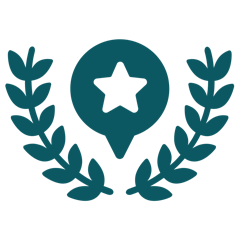There are a handful of educational options for those looking to pursue a career in public health nursing. The most common and quickest route to the career is earning a Bachelor of Science in Nursing (BSN) from an accredited program. Once completed, students are eligible to take the NCLEX-RN examination, a licensing examination that allows students to begin practicing as registered nurses.
From there, most people practice for a few years before deciding if they would like to move into the public health nursing role. Although not required, developing hands-on clinical skills can be helpful when thinking about improving care in a public health setting.
With the RN license alone, nurses can begin searching for public health jobs. There’s no specific requirement for additional education, but some nurses opt to earn a Certified Public Health Credential to showcase additional expertise in public health. The American Nurses Credential Center offers a variety of public health certifications for nurses, ranging from Advanced Public Health Nursing to Public/Community Health Clinical Nurse Specialist certification.
While this is the most common career path, universities have also responded to the growing need for nurses nationally by introducing direct entry master’s programs in nursing. Typically, in order to earn a graduate degree in nursing, applicants had to show completion of an undergraduate degree in the specialty in addition to successful completion of the NCLEX examination. By earning a graduate degree, registered nurses become nurse practitioners, a title that allows for more autonomy in care and leadership positions.
Direct entry nursing programs allow students without a BSN to enter the field, usually from a related degree program in the life sciences. For some programs, students can become NCLEX certified registered nurses in as little as 15 months. Other programs can last three years, training students as both registered nurses and nurse practitioners in that time. Like those with a BSN, these students can also choose to enter public health nursing at any point.
In short, there are several options for becoming a public health nurse. While some go directly into the field, others decide it’s important to have a few years of experience with patients to better equip them to meet needs in the field.






